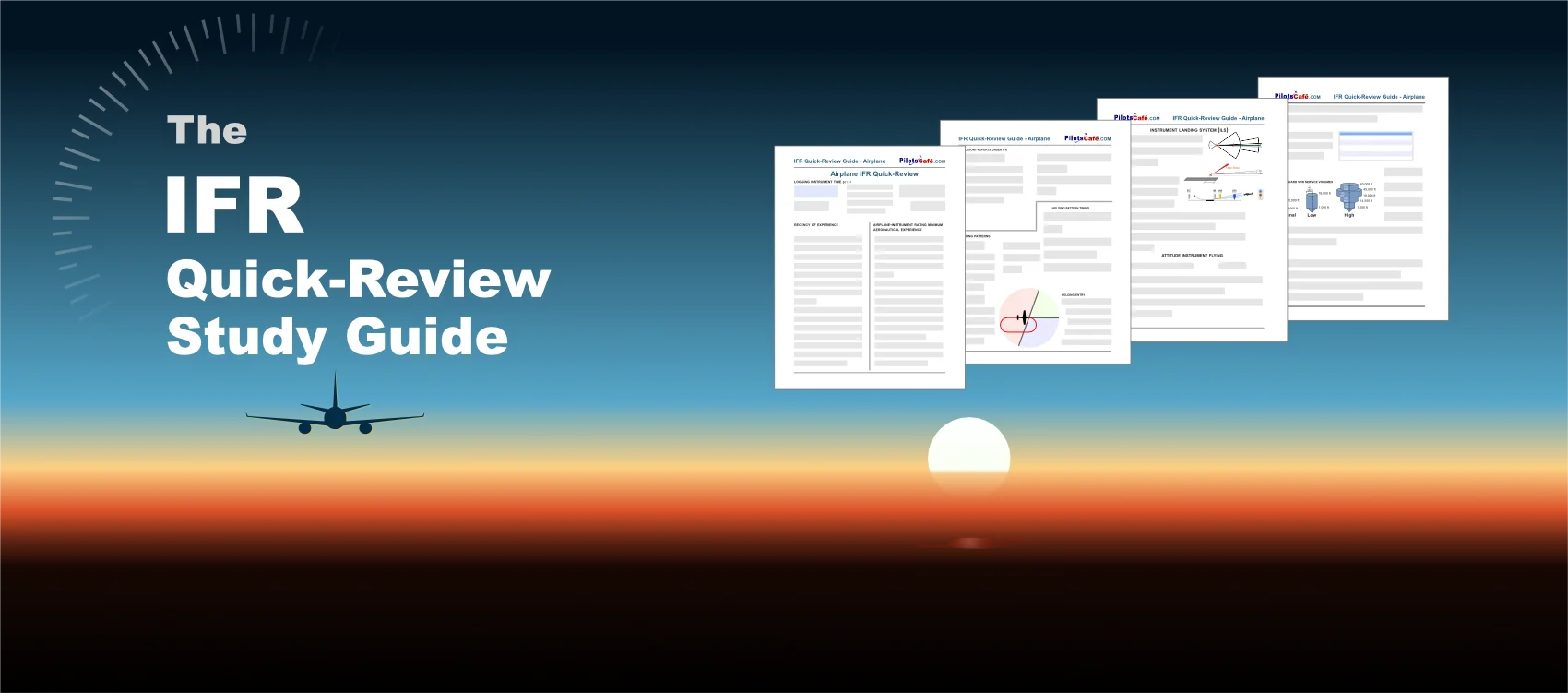
It's the final leg of your trip, and everything is set for landing at JFK.
You inform the passengers about the 20 minutes left in flight and ask the flight attendants to prepare the cabin.
Suddenly, the air traffic controller calls:
"Are you ready to copy holding instructions?"
Sometimes, there's a need to delay the aircraft in flight. Since parking mid-air isn't an option, we use holding patterns.
Holdings are necessary for various reasons, such as:
A holding pattern is a racetrack-shaped maneuver that keeps the aircraft around a specified fix until ATC and the pilot are ready to resume the flight to the destination or an alternate airport.
A holding pattern consists of four parts:
The FARs require the smallest bank angle for hold turns, out of the following options:
ATC can issue either published or non-published holding clearances. Published holding procedures are charted on low/high enroute, arrival, and area charts.
Published hold clearances reduce controller workload and radio chatter. For these, ATC only needs to include:
For non-published holds, the controller must include:
An example of an ATC holding clearance: "Hold West of ETX VOR on the 270º radial Expect Further Clearance at 18:55 Zulu". Since the controller did not mention turn direction, you know that right turns are required.
Once you have the holding clearance, you need to choose the best entry technique based on your position.
The direct entry is, as its name suggests, the simplest entry. Use it when approaching the holding fix from the 180º sector in the image.
After crossing the holding fix, turn to the outbound leg in the holding pattern direction to start your first hold.
Use this entry when approaching the holding fix from anywhere in the 110º-sized sector in the image.
Cross the fix, fly parallel to the outbound course for one minute, then turn into the hold to intercept the inbound leg.
Note tat you’ll make the first two turns in the "wrong" direction. For example, in a right-hand holding pattern, the turn to the parallel leg and the turn to intercept the inbound are both left-hand turns. Subsequent turns will be right turns in the racetrack pattern.
Upon crossing the fix, turn 30º into the holding side. Follow this heading for 1 minute, then turn in the procedure's direction to intercept the inbound course.
Reduce speed within three minutes or less of arriving at the fix to cross it at or below the holding speed limit.
Shameless plug:
Choosing a holding pattern entry in the air could be tricky, especially if you receive the clearance at the last moment when close to the fix. For this purpose, I built a little app, Hold Trainer, that makes you better at quickly choosing the best holding entry with practice ATC holding instructions. The app also serves as a holding pattern entry calculator. Check it out here: Hold Trainer for Android and iOS.
| Altitude (MSL) | Max airspeed (kts) |
|---|---|
| 6000' or below | 200 kts |
| 6001-14,000 | 230 kts |
| Above 14,000 | 265 kts |
| Air Force fields | 310 kts * |
| Navy fields | 230 kts * |
* Unless published otherwise
Unless published or instructed otherwise by ATC, the inbound leg time should last:
Inbound timing:
Outbound timing:
Time adjustments:
ATC may also specify the leg length as a distance instead of a time.
Why triple the correction? We are compensating for the wind drift experienced not only during the outbound leg, but also during the hold turns.
Example: If you need a 5º correction to the right to stay on course inbound, then apply a 15º correction to the right on the outbound leg.
A technique commonly used by pilots for remembering the required actions over and abeam the holding fix is the "Five T's" mnemonic:
A Flight Management system (FMS) provides excellent help for performing holds and reducing workload. You plug in the information from the holding clearance: fix, direction, radial, and the system will command the autopilot to fly a perfect hold for you.
With an FMS, you won't have to worry too much about choosing the correct entry or wind correction.
With this in mind, the number one rule of computing applies:
garbage in – garbage out.
Therefore, you must carefully ensure to input the correct information in the FMS and monitor the automation throughout the procedure.
You received the holding instruction with an EFC of 18:55 Zulu, about an hour away. You inquire ATC about the reason for the hold, and they reply its due to traffic congestion on arrival, a common scenario in the New York City area.
Once established in the hold, or when workload permits, it's time to start planning forward.
Ask yourself questions such as:
Knowing the answers to these questions early will help you avoid getting into a low-fuel situation and keep the flight safe.
After holding for about 30 minutes, ATC releases you earlier than expected and clears the flight to proceed to JFK. You continue the arrival and land safely at the airport.

The IFR Quick-Review Study Guide
Nov 30, 2020
Last Updated: Jun 11, 2024
This post may contain affiliate links or advertisements. This means I earn a small commision if you decide to make a purchase through the links at no extra cost to you.